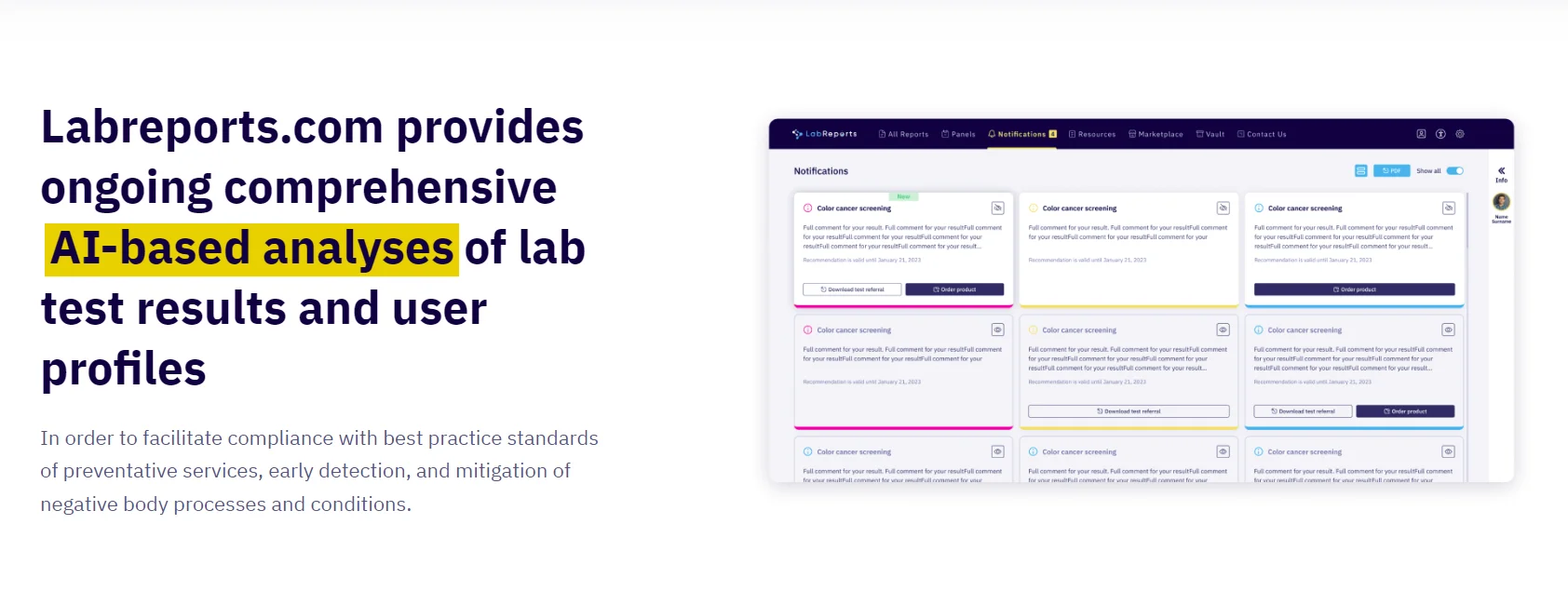Developers will follow any coding guidelines as defined by the organization and utilize different tools such as compilers, debuggers, and interpreters. By developing an effective outline for the upcoming development cycle, they’ll theoretically catch problems before they affect development. However, regardless of the model you pick, there are a lot of tools and solutions, like Stackify’s Retrace tool, to assist you every step of the way. “Let’s get this closer to what we want.” The plan almost never turns out perfect when it meets reality. Further, as conditions in the real world change, we need to update and advance the software to match. This allows any stakeholders to safely play with the product before releasing it to the market.

The third theme includes ways to determine the processes (actions) necessary to produce the results as defined by the requirements of the system. Each stage has a separate project plan and takes information from the previous stage to avoid similar issues (if encountered). However, it is vulnerable to early delays and can lead to big problems arising for development teams later down the road. They’ll typically turn the SRS document they created into a more logical structure that can later be implemented in a programming language. Operation, training, and maintenance plans will all be drawn up so that developers know what they need to do throughout every stage of the cycle moving forward. An extension of the waterfall model, this SDLC methodology tests at each stage of development.
What is system development life cycle security?
The WBS and all programmatic material should be kept in the “project description” section of the project notebook.[clarification needed] The project manager chooses a WBS format that best describes the project. For Example, A client wants to have an application which concerns money transactions. In this method, the requirement has to be precise like what kind of operations will be done, how it will be done, in which currency it will be done, etc. The senior members of the team perform it with inputs from all the stakeholders and domain experts or SMEs in the industry. Lack of design since changes are being put in the system might unknowingly affect other parts of the system. Some members do not like to spend time writing, leading to the additional time needed to complete a project.
- Because many teams immediately test the code they write, the testing phase often runs parallel to the development phase.
- Before the preliminary analysis is complete, the developer performs feasibility studies to determine whether to fix the existing system or create a new system to replace the old.
- Furthermore, developers are responsible for implementing any changes that the software might need after deployment.
- Some methods work better for specific kinds of projects, but in the final analysis, the most crucial factor for the success of a project may be how closely the particular plan was followed.
So without a software life cycle model, the entry and exit criteria for a stage cannot be recognized. Without software life cycle models, it becomes tough for software project managers to monitor the progress of the project. In the information systems domain, the terms SDLC and system life cycle are often used interchangeably. It has been suggested that information SDLC should not be confused with system (the delivered product) life cycle. The system life cycle begins when the SDLC delivers the final product, that is, when the implementation phase begins. The objective of this activity is to extend as long as possible the life cycle of an existing system.
How to become a software developer
At this step, desired features and operations are detailed, including screen layouts, business rules, process diagrams, pseudocode, and other deliverables. This procedure where the care is taken for the developed product is known as maintenance. After the code is generated, it is tested against the requirements to make sure that the products are solving the needs addressed and gathered during the requirements stage. Once the required function is done, an analysis is complete with auditing the feasibility of the growth of a product. Lack of control over the system changes due to a working version’s fast turn-around to address users’ issues.

DevSecOps, an extension of DevOps, is a methodology that emphasizes the integration of security assessments throughout the entire SDLC. It ensures that the software is secure from initial design to final delivery and can withstand any potential threat. During DevSecOps, the team undergoes security assurance activities such as code review, architecture analysis, penetration testing, and automated detection, which are integrated into IDEs, code repositories, and build servers. ” This phase of the SDLC starts by turning the software specifications into a design plan called the Design Specification. All stakeholders then review this plan and offer feedback and suggestions.
Benefits of SDLC
Only after a rigorous process of requirements development is the team ready to embark on the design and development of a new or improved public health information system. If this does not happen, very costly and time-consuming mistakes will be made. Therefore, the team must take the needed time to lay the groundwork for the design and development https://www.globalcloudteam.com/ phase before entering this phase of the SDLC. Iteration enables faster development of systems by moving ahead with development without requiring full specifications upfront. Additional specifications can be introduced as the development process is repeated, producing new versions of the system at the end of each iteration.
The SDLC is widely used in industry for information system design and implementation. The system development life cycle is a project management model that defines the stages involved in bringing a project from inception to completion. Software development teams, for example, deploy a variety of techniques that include waterfall, spiral, and agile processes.3 In this column, the SDLC is reviewed with particular emphasis on use in public health agencies. Each phase includes a set of major activities; exit criteria are used to determine whether the team can move on to the next phase.
stages of the software development life cycle
In essence, the Agile approach puts a higher value on tasks that promote interaction, build frequent working versions, customers/user collaboration, and quick response to change and less emphasis on processes and documentation. The agile methodologies’ goal is to provide an iterative approach’s flexibility while ensuring a quality product. The system development life cycle component of the course introduces aspects of methodology, the unique phases, and the roles that IT professionals play in the various stages of a project. Students learn how to collect and document requirements, translate them to application design, and trace each project artifact to its original scope. Phase 8 of the systems development life cycle is the post-implementation review.

The lean methodology works best in an entrepreneurial environment where a company is interested in determining if their idea for a software application is worth developing. Ultimately, any development team in both the IT and other industries can benefit from implementing system development life cycles into their projects. Use the systems development life cycle process above guide to identify which methodology you want to use in conjunction with your SDLC for the best results. The new seven phases of SDLC include planning, analysis, design, development, testing, implementation, and maintenance. The V-model (which is short for verification and validation) is quite similar to the waterfall model.
Phases
System assessments are conducted in order to correct deficiencies and adapt the system for continued improvement. In this phase of SDLC, the actual development begins, and the programming is built. Developers have to follow the coding guidelines described by their management and programming tools like compilers, interpreters, debuggers, etc. are used to develop and implement the code.
Results of software testing must be documented and approved by the IT Manager and the System Owner. All errors shall be tested after correction to ensure that they have been eliminated as part of the regression testing process and that no new ones have been introduced. The Information Security Manager must ensure that the required security features are included in the system. A security specialist shall be appointed to provide security advice for the project—this is usually the Information Security Manager. The Forensic Laboratory does not perform development or modification on purchased software packages.
Information Technology Security and Compliance
The planning phase typically includes tasks like cost-benefit analysis, scheduling, resource estimation, and allocation. The development team collects requirements from several stakeholders such as customers, internal and external experts, and managers to create a software requirement specification document. The software development lifecycle (SDLC) outlines several tasks required to build a software application.
Building Secure Software: How to Integrate Security Into … – MUO – MakeUseOf
Building Secure Software: How to Integrate Security Into ….
Posted: Wed, 13 Sep 2023 07:00:00 GMT [source]



